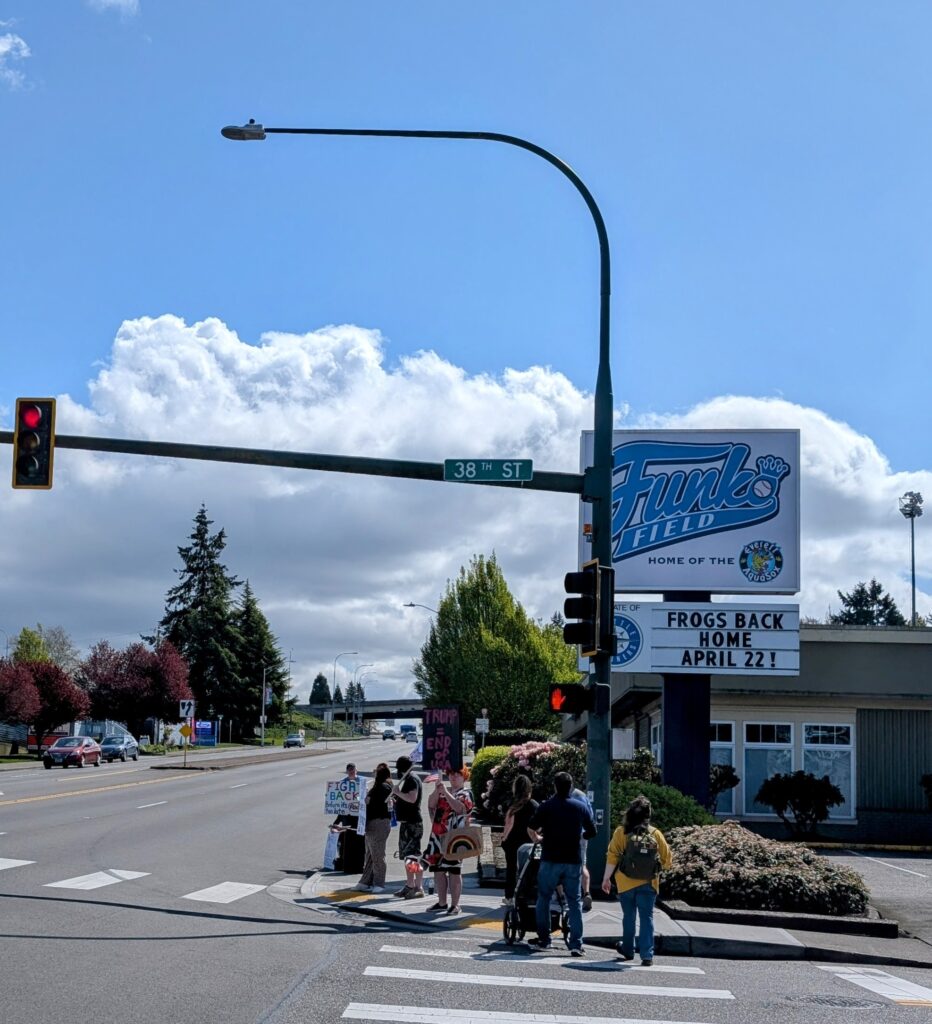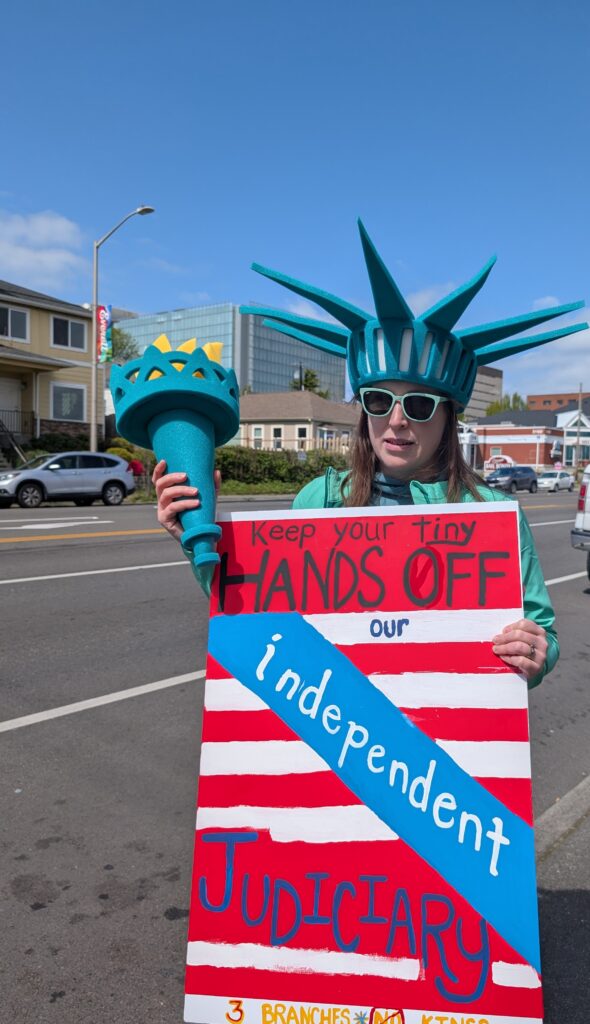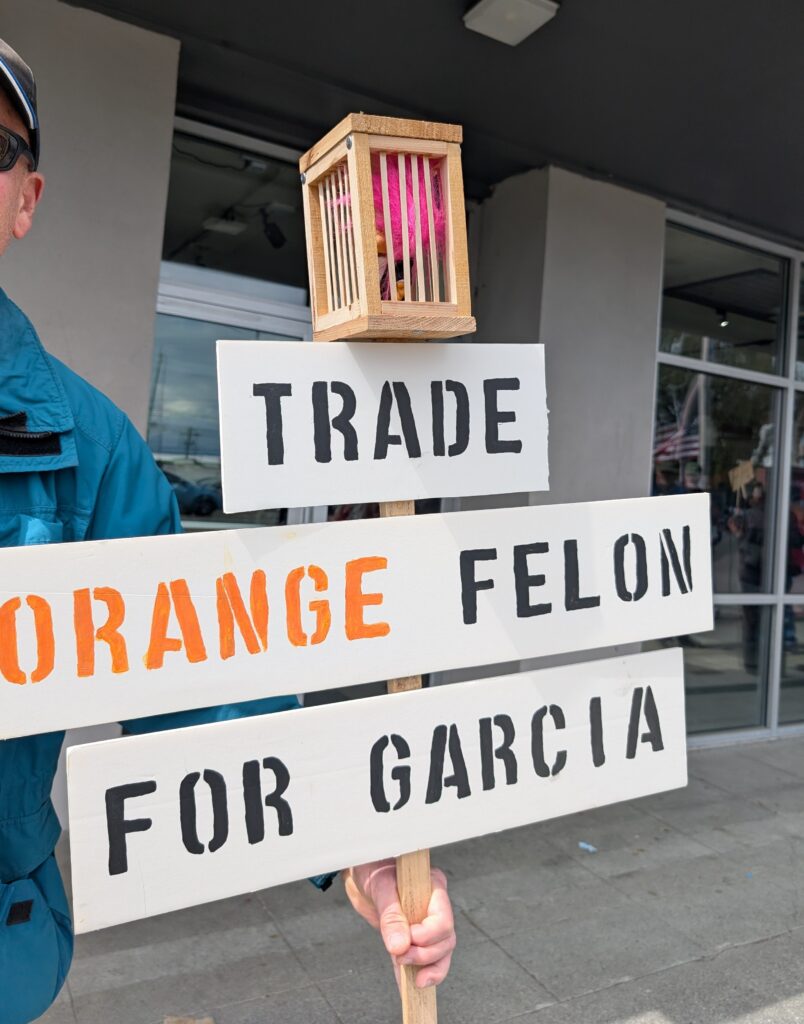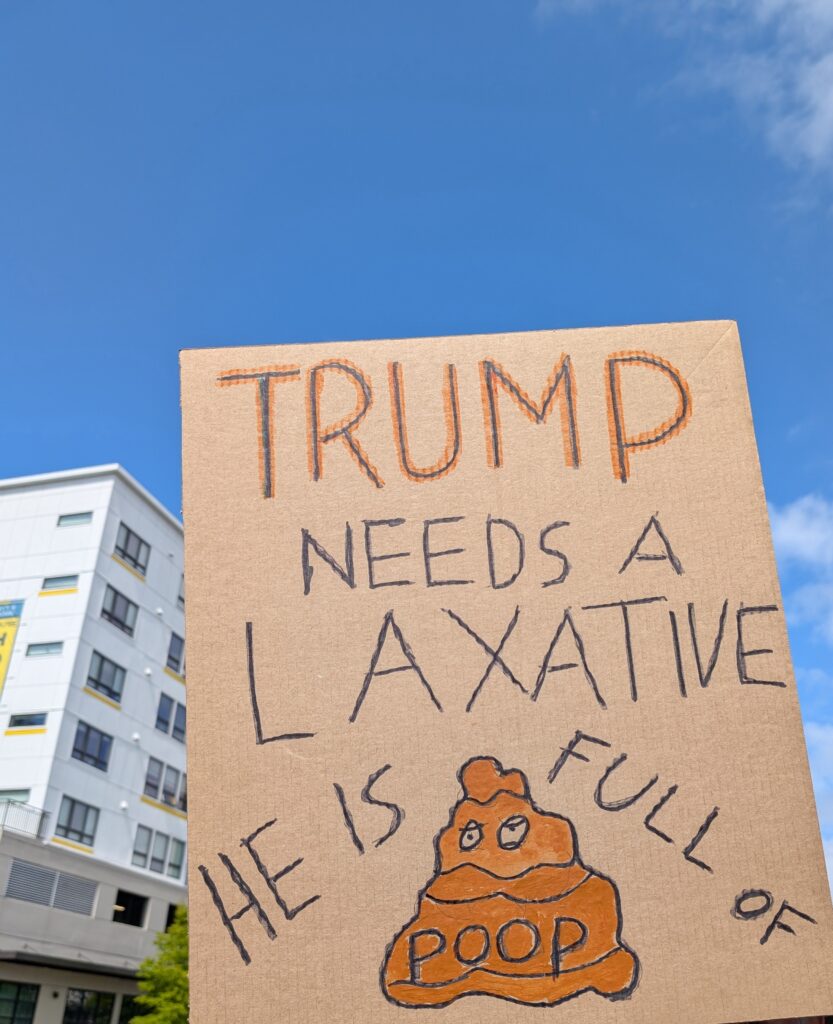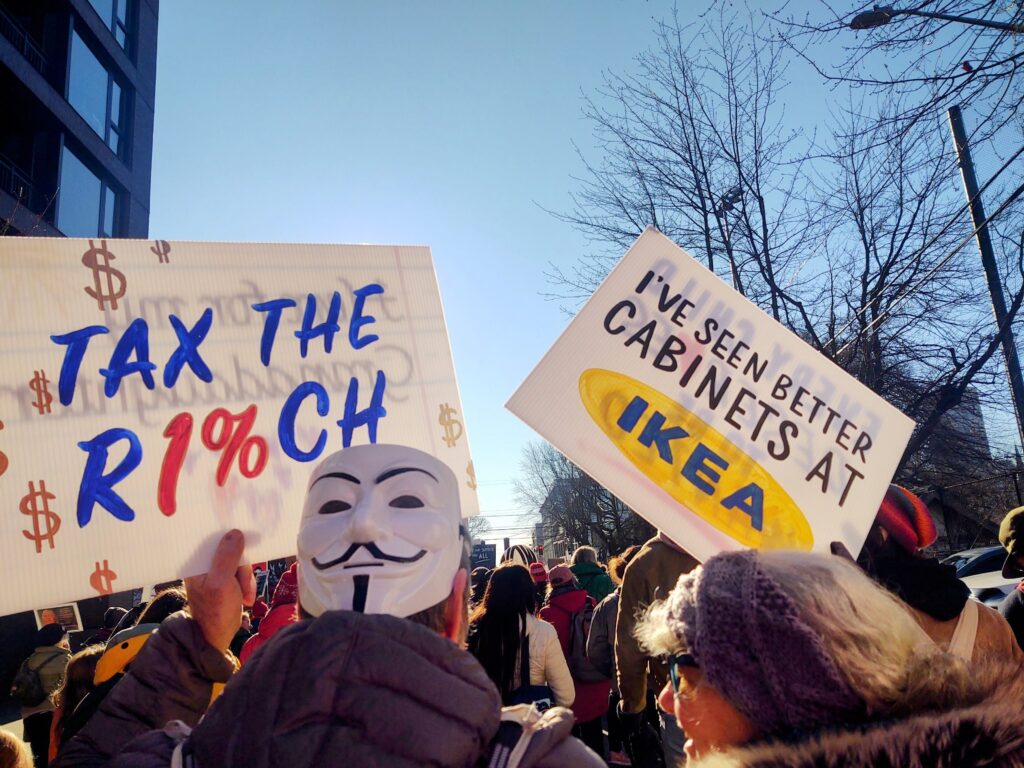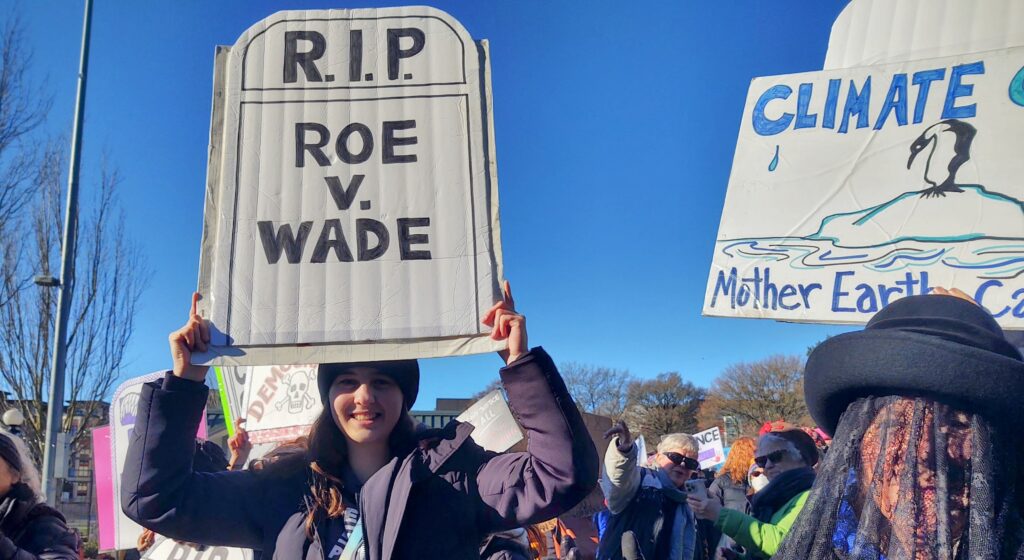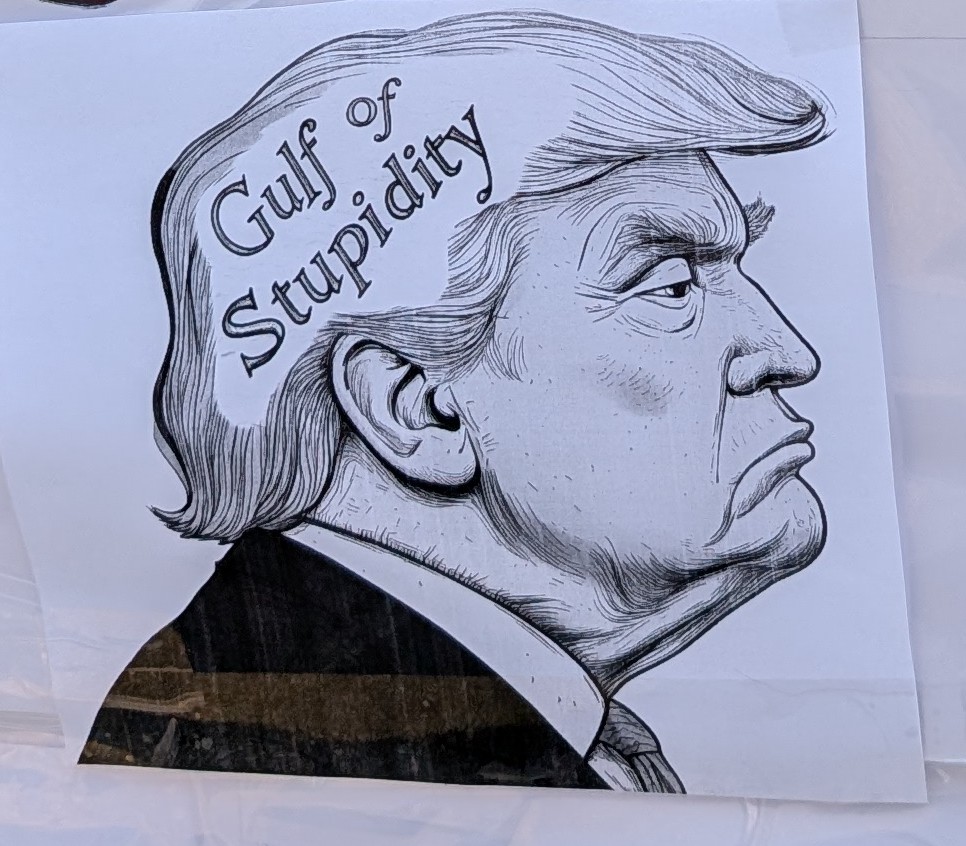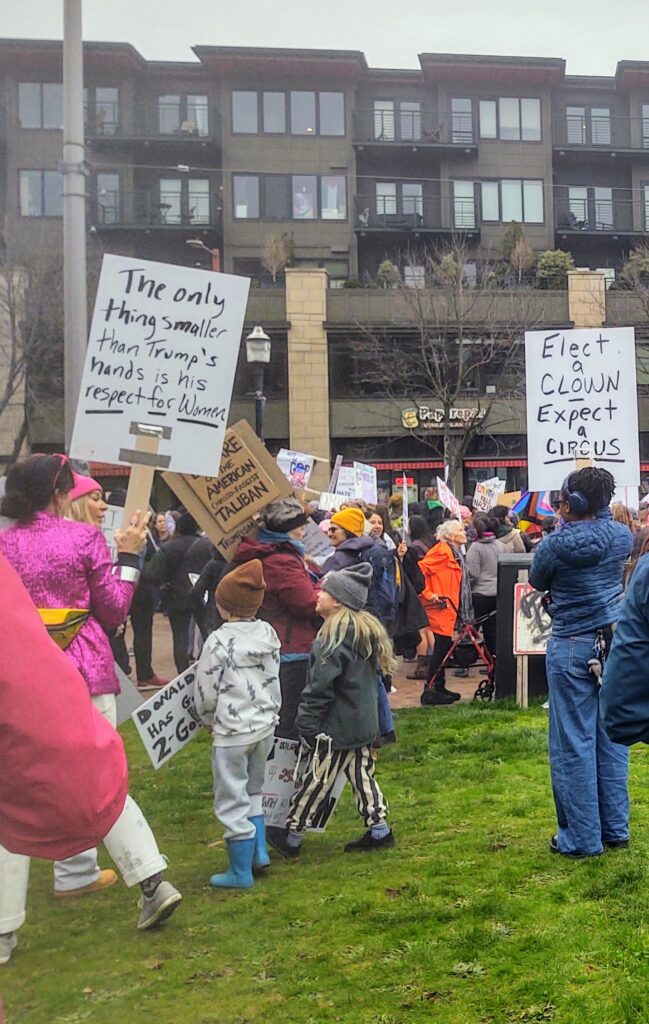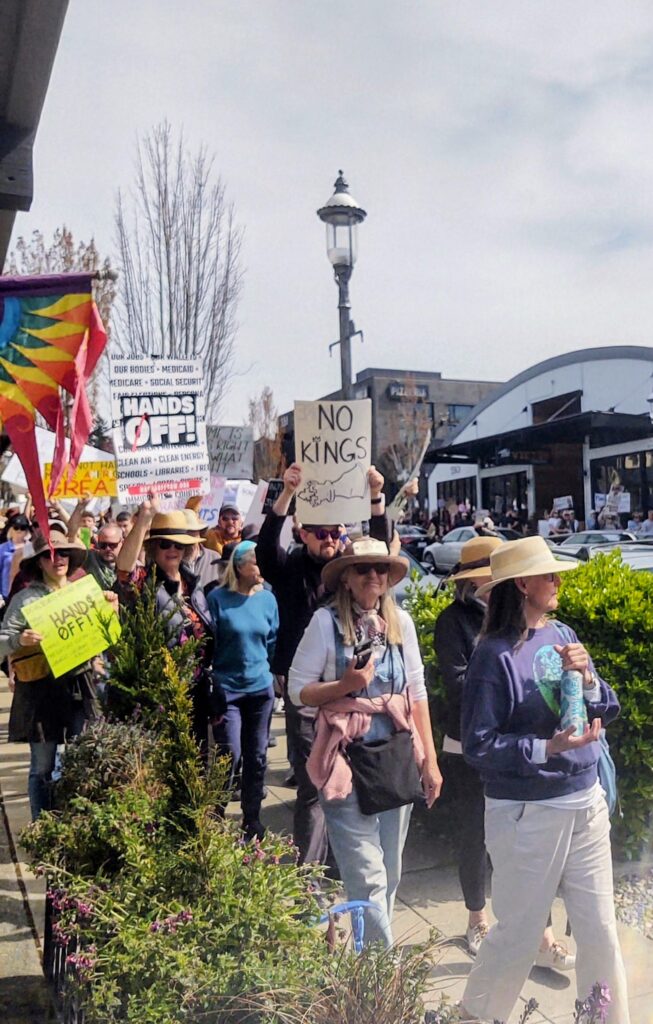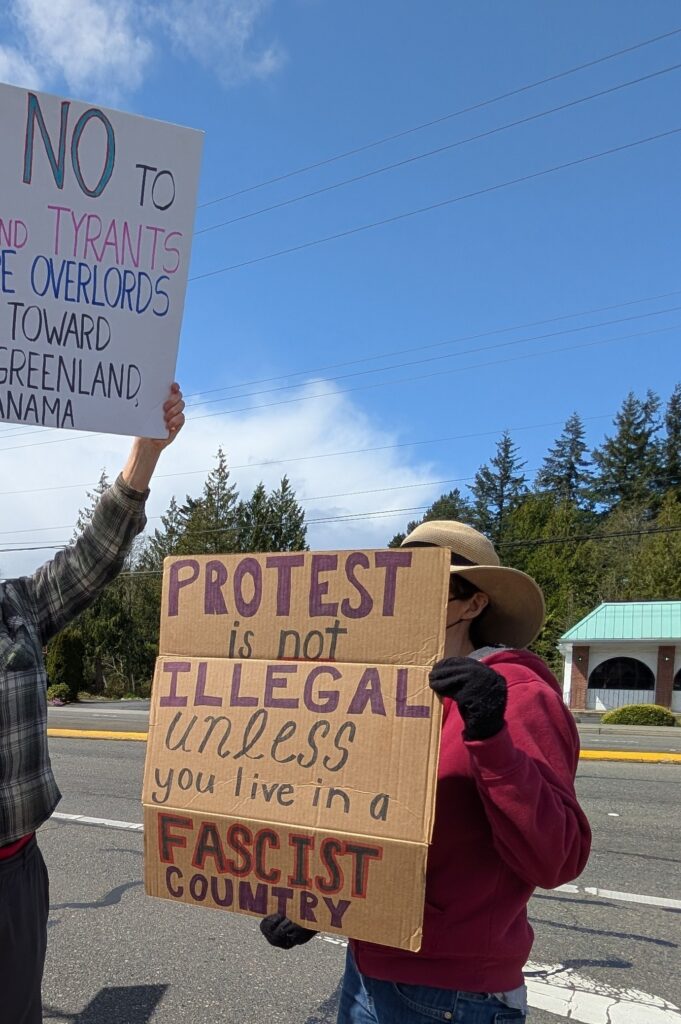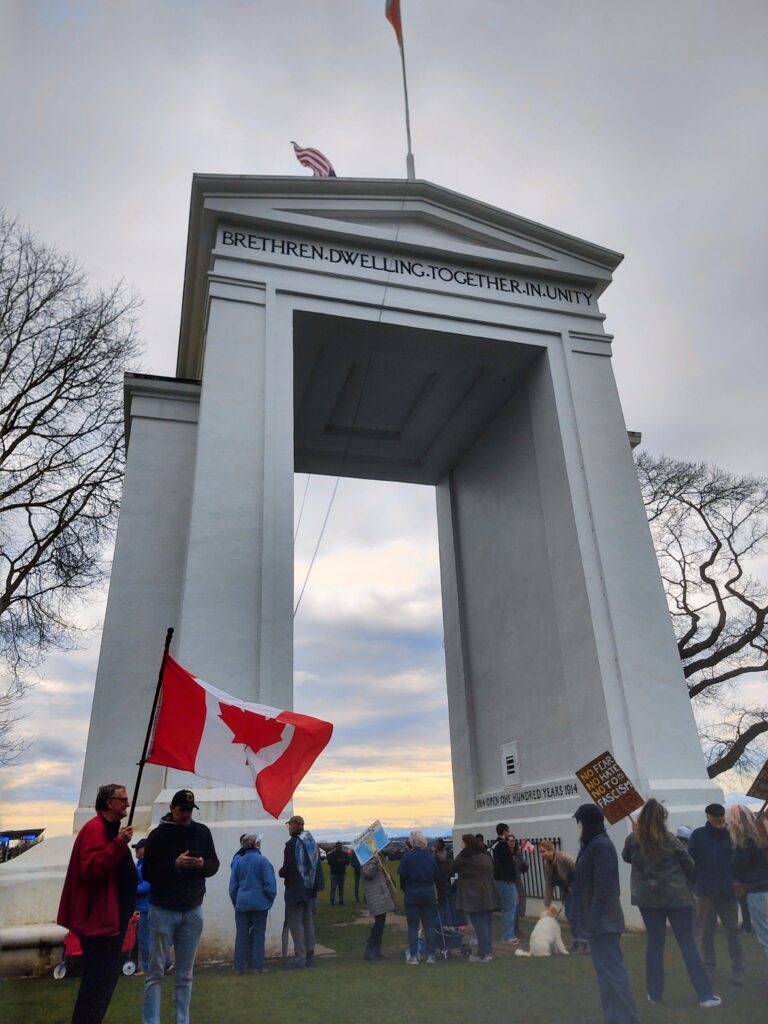In a representative democracy, elected officials such as members of Congress are civil servants. That means that they are supposed to serve the public that elected them by voting on issues in accordance with the sentiments of their constituents, who are the people in their district. They are not supposed to vote strictly for their political party’s agenda or as individuals. Instead, it is their responsibility to understand the needs of the people that they represent. This can be accomplished by answering letters, emails, phone calls, and other constituent correspondence. Members of Congress also allow constituents to visit them by appointment at their offices in the nation’s capital, and in their state offices during Congressional recesses, or days when Congress is not in session. Yet another way that politicians can take the pulse of the communities they represent is to visit with their constituents by holding town hall events.
TOWN HALL EVENTS ARE ROOTED IN COLONIAL TIMES
According to Smithsonian Magazine, the first political town hall meetings occurred in the New England town of Dorchester in 1633, when Massachusetts was a British colony. Other New England colonies adopted this citizen-driven practice, which “gave locals a way to have their say in local affairs [so that] the informal, majority-rules forum became a foundation of early American democracy.”1 By the time of our nation’s founding, town hall meetings were a century’s-old form of political interchange.

In modern times, town halls are conducted online or in person. In either format, they are a way for members of Congress to get out of the Washington D.C. bubble and initiate contact with their voters. The onus is on politicians to deliver on campaign promises and to carefully consider constituent needs. His or her intent should be to explain recent decisions, to learn their home state priorities, and to discover how their own performance is being perceived by their voters.
Town hall meetings follow a question and answer format. As forums for civil discourse, listening is as important as speaking for everyone in attendance. Nonviolent dissent during political meetings is expected. Not everyone may agree with a politician’s stance on an issue. Effective politicians acknowledge dissent without retaliation. They encourage town hall attendees to tell their stories, so that it is clear how policies are effecting them. They approach voters as equals, which indeed they are, and attempt to actually address what is being asked of them.
OBJECTING IN MAGA TOWN HALLS CAN LEAD TO JAIL TIME
However, in Trump’s America, town halls have proven to be treacherous for townspeople and politicians alike. In fact, in April of 2025, “National Republican Congressional Committee Representative Richard Hudson advised his colleagues not to hold town hall meetings at all, after several Republicans came face-to-face with their angry constituents.”2 Both Republican and Democratic politicians throughout the nation have encountered protests outside of scheduled town hall meetings, and disruptions within them, this year. While it is accepted practice to ask attendees to refrain from violent or egregious disturbances during these meetings, the difference between the two parties is that town hall disruptors in Make America Great Again (MAGA)-led districts have been escorted out of the building, tased, and even arrested for commonplace crowd reactions such as chanting, booing, or asking pointed questions that a MAGA Congressperson has disliked.
Dismissing and even criminalizing the heartfelt outrage expressed by constituents over unpopular policies is an arrogant and childish authoritarian reaction. Unfortunately, acting defensively rather than reflecting upon the reasons why constituents are angry are hallmarks of compassionless MAGA leadership. MAGA politicians who are unwilling to confront constituents that disagree with them, or who treat constituent challenges discourteously, appear wholly unfit for their office. They are following Trump’s formula of demanding loyalty and respect rather than earning it.
By and large, Trump does not engage in civil discourse; he is rarely civil in his responses and often acts as belligerent or as vindictive as possible, even to people who voted for him. Like Trump, most MAGA politicians are thin-skinned and lack relational intelligence. They consistently dish out criticism, but cannot handle it when constituents of any affiliation–conservative, independent, or liberal–question their actions or approach them with facts and repercussions. For instance, at an April 16th town hall meeting in Acworth, Georgia, a constituent of MAGA Representative Marjorie Taylor Greene shared her worries about Trump’s mental health and asked how Greene was going to protect Georgia voters from his caprice. Greene chose to mock her by replying, “‘Oh, poor Christina. Poor, poor Christina. Well, I’m sure, Christina, you think you’re pretty smart, but the reality is you are being completely brainwashed by whatever source of news you listen to.’”3
Greene could have assuaged this attendee’s fears by listing ways that she and her MAGA colleagues planned to keep citizens in her district safe. Instead, she sneered at her non-MAGA constituents and resorted to demeaning deflections. Town halls were not intended to be one-sided campaign speeches, or Trump rallies, which are akin to political theater. Trump’s rallies are entertainment and propaganda extravaganzas. His MAGA supporters attend them passively, content to parade around in MAGA attire with red hats and gold Trump sneakers while listening to self-aggrandizing speeches driven by a maximum of ad hominem and a minimum of substance. MAGA politicians like Greene seem to want town halls to resemble these rallies. They are ill-equipped to seriously debate anyone on important issues, or to defend their political positions.
It is a danger to our democracy that MAGA politicians are cultivating the fallacious idea of themselves as celebrities and saviors that should be revered and trusted without question. MAGA supporters have compared Trump to Jesus, for instance, and Trump himself posted an AI-generated image of himself as the Catholic Pope, who is considered infallible.4 The point may be to offend while asserting dominance, but Trump’s infantile behavior is not amusing. Our founders envisioned an active and educated electorate and presidents that comported themselves with dignity. MAGA leaders seem to have forgotten that as world leaders they have the greatest responsibility of service. They pledged an oath to uphold the constitution, which means that they must bend to the will of the people rather than the reverse.
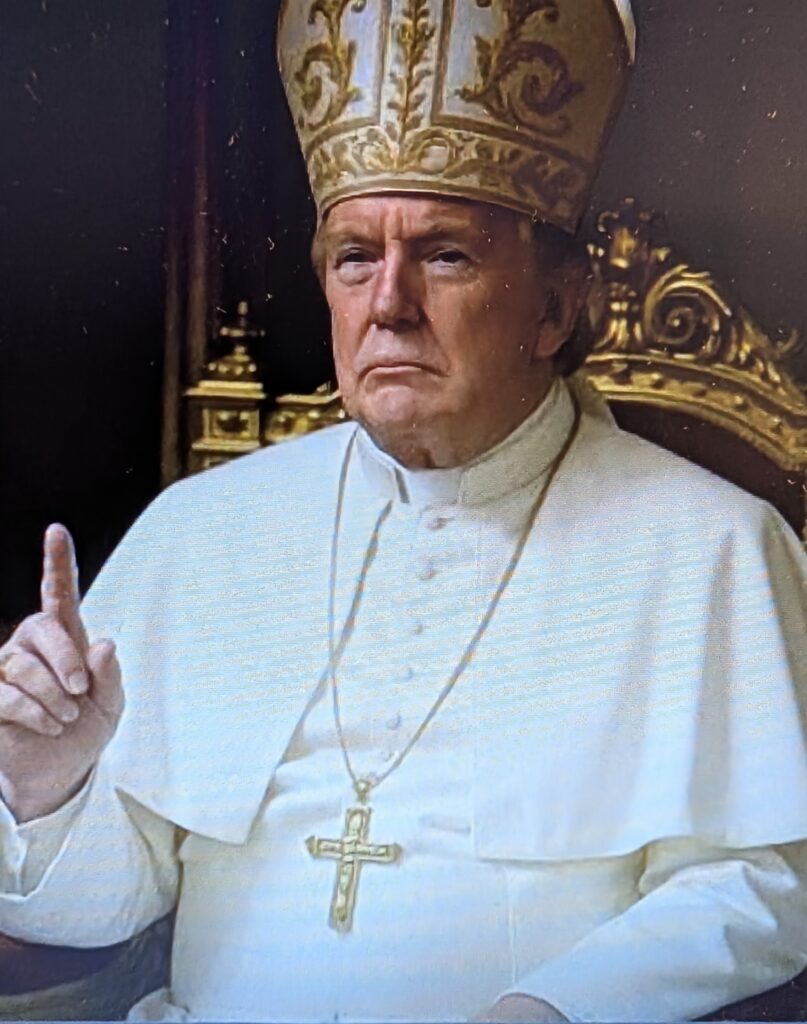
OPPOSING VIEWS CAN BE PRODUCTIVELY ADDRESSED WITHIN TOWN HALLS
In a healthy democracy, townhalls are reciprocal rather than passive. They include respectful exchanges between politicians and their constituents, some of whom might not support them or their party. Praise can be given when due, but grievances can also be aired and solutions offered. This was the case in the April 19, 2025 townhall meeting of Washington State Representative Suzan DelBene in Lake Stevens, WA. She set the tone of respect and orientation towards service with her choice of venue, her choice of slides and materials, and her personable demeanor.
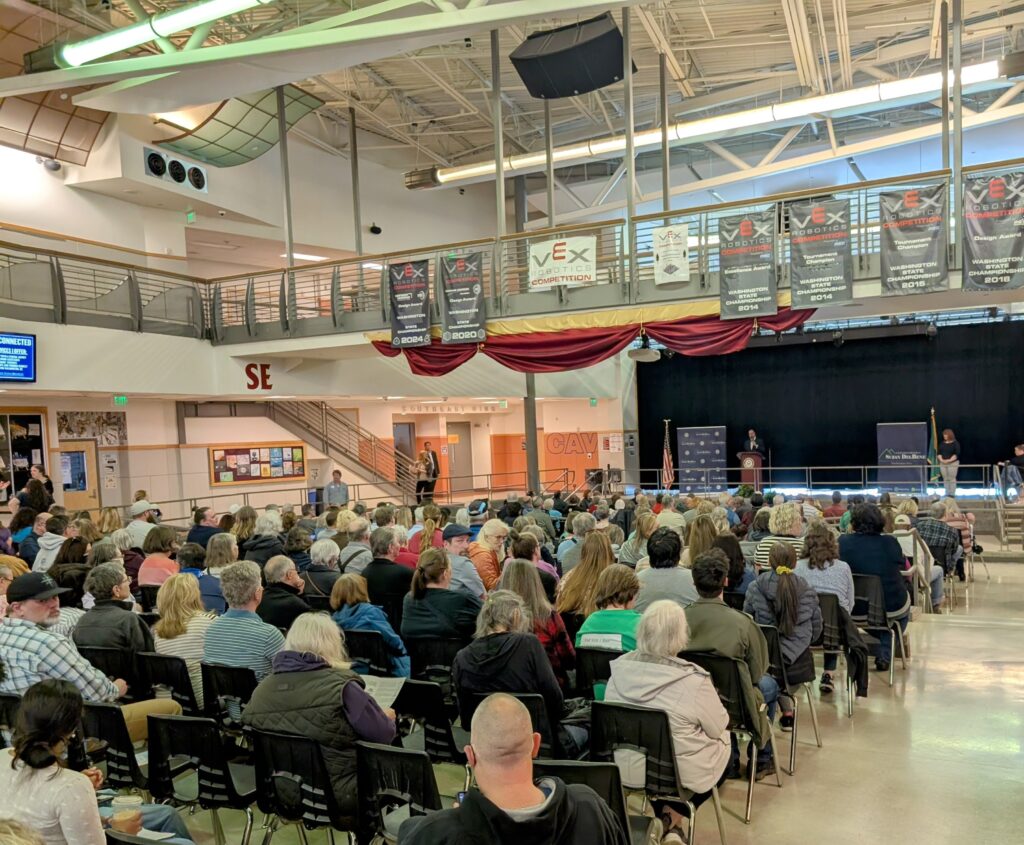
DelBene’s constituents had to register in advance for her town hall events in late April, and the locations were emailed to everyone just a few days before they took place. The Lake Stevens town hall was held in a commons area at Cavelero Mid High School. The civics teacher who introduced her explained her longstanding relationship with the school, including ongoing outreach with history and social studies students.
DelBene’s staff handed out materials to attendees that showcased her efforts to serve the community. An informational flyer entitled “Helping Washington Families and Businesses” began with a paragraph subtitled “How Can I Help You?” It referred to her pledge to help individuals and communities “take advantage of the benefits available to you.” Inside the flyer was specific information about how she and her staff could assist groups such as small business owners, veterans, seniors, students, immigrants, and homeowners. This stance, reinforcing the message that government officials are hired to work for instead of against citizens, is refreshing at a time when Trump and his MAGA allies are actively attempting to take rights and benefits away from Americans.

Throughout the town hall meeting, DelBene took pains to relate to her audience of constituents. After being introduced, she gave a brief summary of her background in the tech industry and her subsequent political career. She emphasized her family, and shared her excitement about welcoming a new grandchild. She then iterated that her goal in the town hall was to move from the theoretical to the personal. She wanted to hear stories from as many people as possible to understand the impacts of our current political reality.
Before opening the microphone to questions, she explained that she and her aides had consolidated the answers from the questionnaire that she had given to attendees ahead of time about which topics they wanted to discuss. Overwhelmingly, responses fell into two categories: concerns about the dismantling of government agencies, including the freezing and mishandling of funds and personal data by Elon Musk and his Department of Government Efficiency (DOGE); and concerns about the brutality and illegality of Trump’s immigration enforcement policies. More broadly, attendees wanted to know what she and her Democratic colleagues were doing about Trump.
DelBene acknowledged the difficulties of navigating a Congress in which there were only a few moderates willing to act in a bipartisan fashion. She agreed that it was fair to be scared and outraged in the face of Trump’s enormous executive overreach. She further admitted that the constitution has not been upheld in his first 100 days in office. The three branches of government are not coequal right now because Trump “feels like he can make decisions on his own and that is not the way [government] is supposed to work.”5
DelBene contended that in the face of Trump’s schemes to expand the executive branch, the other two branches need to assert their constitutionally defined roles. The legislative branch, she said, has to step up its oversight. She mentioned that she has called for the resignation of Defense Secretary Pete Hegseth, for example, after the Signalgate scandal.6 In Congress, she concluded, Democrats have to write and adjust laws and not abdicate the power of the purse or any other legislative power that Trump is trying to take over.
It is critical as well, DelBene conceded, for the judicial branch to continue to support due process and the rule of law. Unfortunately, a slew of lawsuits have been necessary to check the Trump administration’s unlawful acts. From the end of January to mid May, Just Security, an independent, non-partisan law and policy journal, has tracked a total of 239 lawsuits against the Trump Administration.7 DelBene expressed the hope that the judiciary would stand firm and interpret the law in a nonpartisan fashion.
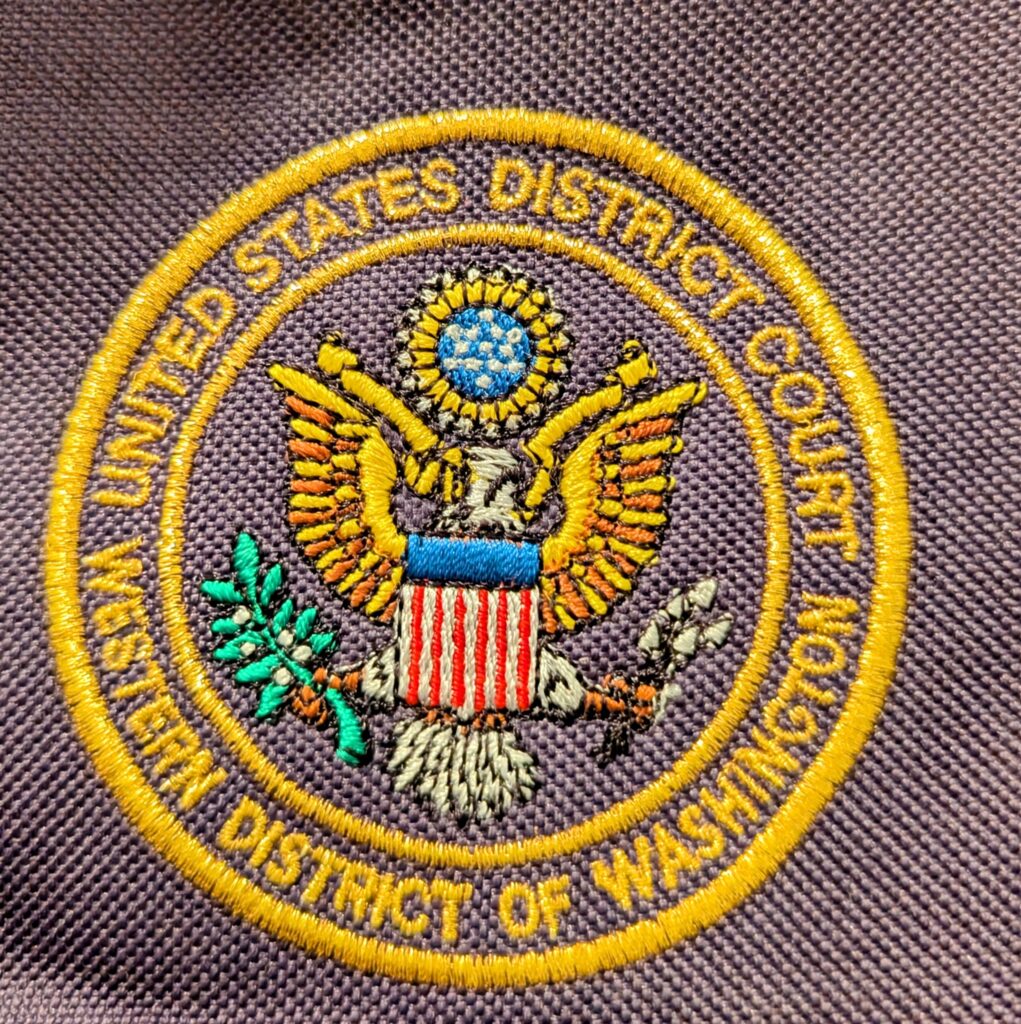
CITIZEN VOICES NEED TO MATTER IN A DEMOCRACY
Beyond the branches of government, ordinary citizens have a critical role in shaping our nation’s future. DelBene quoted Abraham Lincoln by telling the town hall attendees, “in this age, in this country, public sentiment is everything.”8 She encouraged everyone to stand up for their rights and values and make them known to judges and legislators. She applauded the rise of civic engagement, recalling that a recent tele-town hall had 14,500 attendees. In previous years her online town halls had averaged 2,000 people.
DelBene’s voters admitted to feelings of helplessness in the face of MAGA chaos. One asked her, “Where is the line for you?” regarding the war in Gaza. A small group of students in attendance then chanted “Stop sending money and weapons!” DelBene let them chant for a moment, then reminded them of her publicly available position, which is that she supports a two-state solution and has called for ceasefires and the resumption of humanitarian aid to the area. She politely encouraged attendees to do their homework and to examine Congressional voting records.
DelBene did not pretend to have all of the answers that her constituents wanted for meeting this political moment. Not having a majority in either house of Congress has hampered the ability of Democrats to act. She did, however, repeat her assertion that public opinion makes a difference. “As communities demand protections we can see change,”9 she said. DelBene responded sympathetically when another constituent decried the seeming lack of urgency among legislators to resist Trump’s agenda. The constituent said that she had tried to reach MAGA legislators through letters and phone calls without result. DelBene replied that the messages were probably received but that she was “shut out because they [MAGA Congresspeople] didn’t want to hear what you have to say.” However, she commended her constituent’s efforts to reach across the aisle. “Talk to each other,” she urged, “even if you disagree. We learn that we are fellow human beings, and that can make a difference.”10
Footnotes
- Jackie Mansky, “History of the Town Hall Debate,” Smithsonian Magazine, October 6, 2016, https://www.smithsonianmag.com/history/history-town-hall-debate-180960705/ ↩︎
- Edith Olmsted, “MTG’s Town Hall Goes Haywire as Voters Tear Her to Shreds,” The New Republic, April 16, 2025, https://newrepublic.com/post/194051/marjorie-taylor-greene-town-hall-voters-shreds-tasered. ↩︎
- Olmsted, 2025. ↩︎
- Sophie Tanno, Christopher Lamb, and Antonia Mortensen, “Trump Posts AI Image of Himself as Pope, Leaving Catholics Offended and Unamused as Conclave Nears, CNN World, May 4, 2024, https://www.cnn.com/2025/05/04/world/trump-ai-image-pope-intl-hnk. ↩︎
- Suzan DelBene, Cavalero Mid High School Town Hall Presentation, April 19, 2025. ↩︎
- Jeffrey Goldberg, a reporter from the Atlantic, was accidentally “included in a group chat about upcoming military strikes in Yemen.” They had been using Signal, a messaging platform. This was a serious national security breach that was dismissed by the Trump administration even though it had the potential for risking the lives of military personnel.
Jeffrey Goldberg, “The Trump Administration Accidentally Texted Me Its War Plans,” Atlantic Monthly, March 24, 2025, https://www.theatlantic.com/politics/archive/2025/03/trump-administration-accidentally-texted-me-its-war-plans/682151/. ↩︎ - “Litigation Tracker: Legal Challenges to Trump Administration Actions,” Just Security, May 15, 2025, https://www.justsecurity.org/107087/tracker-litigation-legal-challenges-trump-administration/. ↩︎
- This quote is derived from a speech given by Abraham Lincoln in Ottawa, IL on August 21, 1858 while debating Stephen Douglas for an Illinois Senate seat. ↩︎
- DelBene, 2025. ↩︎
- DelBene, 2025. ↩︎

